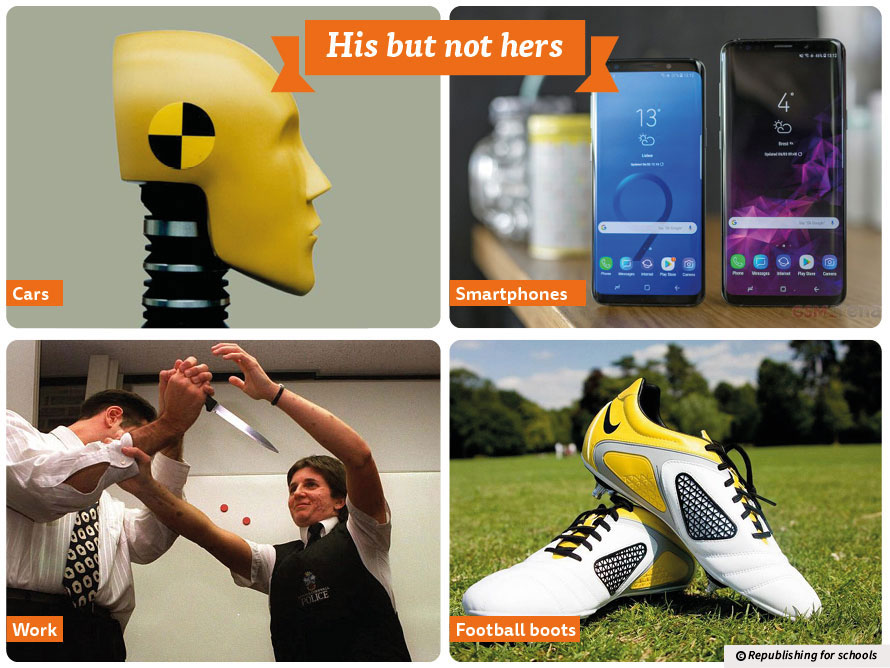Is the world still made for men? From football boots to office space, smartphones to crash test dummies, many things are designed with men in mind. Some think change is in order.
Growing outrage over ‘one-size-fits-men’
 Man-made: Four things that were not designed to disadvantage women, but do anyway.
Man-made: Four things that were not designed to disadvantage women, but do anyway. Glossary
Le Corbusier - A Swiss-French architect and urban planner (real name Charles-Édouard Jeanneret). He was one of the pioneers of modern architecture.
